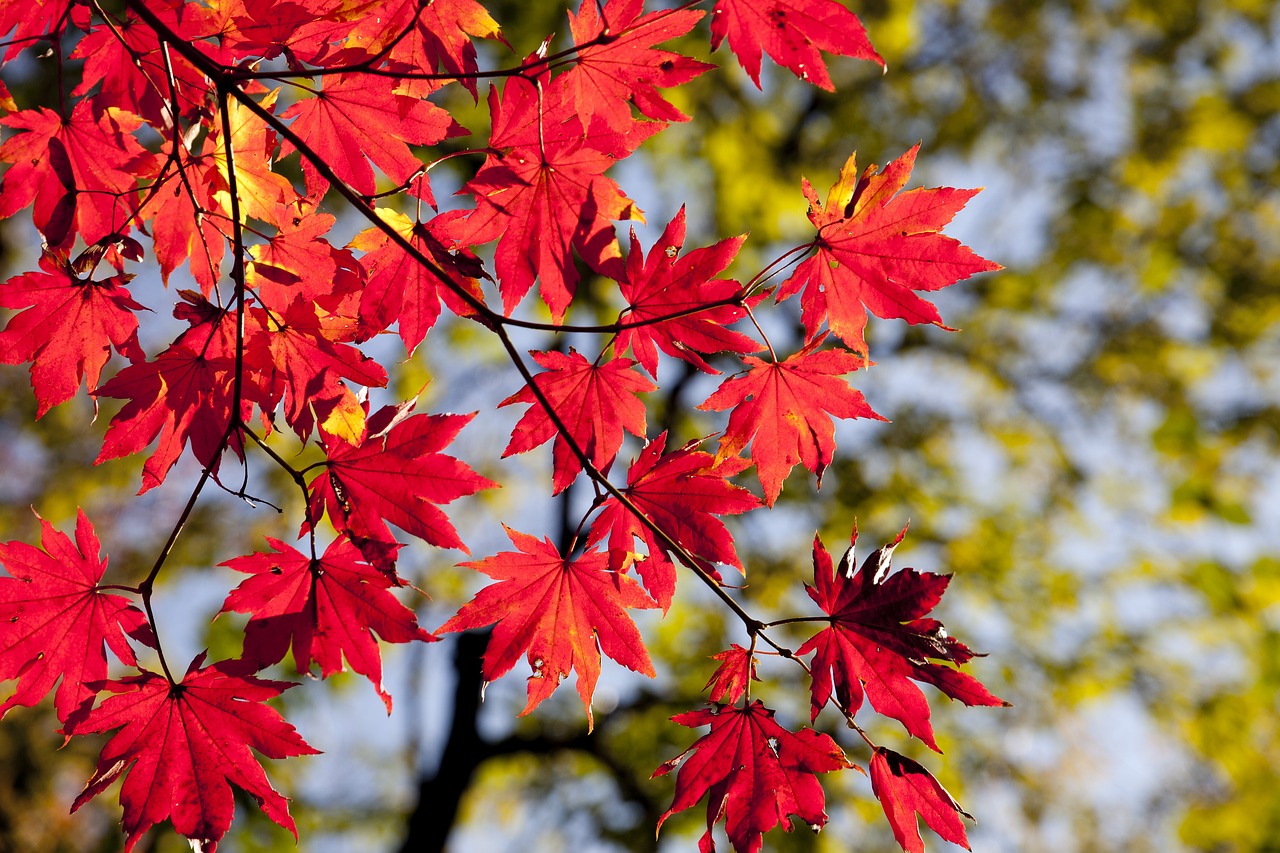When you think of seasonal allergies, you may think autumn. But for some patients living with allergies, symptoms like a itchy or runny nose, watery eyes can be just as upsetting in the fall. Along with changing foliage and cooler weather, weeds and other plants discharge pollen in the air and open-air molds raise under fallen leaves, both of which can activate autumn allergies. Ragweed, which generates pollen from August to December, active allergies in as many as twenty three million Americans, according to the American Asthma, College of Allergy & immunology.
Autumn Allergy Symptoms
Allergies can be of various types and can be activated by environmental changes, pollens, dust, insects, grass, certain type of food, medications and so on. Such substances that active an allergic reaction are called as allergens. Allergens are general substances that are part of our day-to-day existence. While most people stay unaffected by them, in some people these activate an allergic reaction.
The parts of the body that are most prone to allergies are nose, eyes, stomach and skin. Some of the most general fall allergy symptoms include:
- Sore throat
- Itchy ears
- Nasal itching
- Sneezing & Runny Nose
- Wheezing
- Swelling of the throat
- Redness around the eyes
- Cough & chest congestion
- Rashes on the skin
- Itchy skin
- Itchy eyes, watery
- Stomach pain
- Reddish discoloration of the skin
- Rashes on the skin
- Stomach upset
- Nausea & vomiting
- Cramps
While many of these symptoms can happen as an outcome of other diseases, their unexpected occurrence without any definite cause is an indication of an allergy. Most people do not realize they have an autumn allergy until very late.

The most Common Autumn Allergies
Seasonal allergens have different period of time in which they are present in the atmosphere in big quantities. The following are general causes of allergies in the fall:
Dust mites can simply trigger runny noses and sneezes. They come around in the summer and are generally stirred into the air when turning on the heat for the initial time in the fall.
Outdoor mold can happen in damp spots like piles of leaves that are signature of the fall season.
Other weeds that lead allergies, depending on what part of the country you are in, include sheep sorrel, pigweed, goldenrod, curly dock, sheep sorrel, lambs quarters and sagebrush.
Ragweed pollen is a large fall allergy trigger in the South, North, and Midwest, anyway, this pollen can travel up to four hundred miles in the wind making it a cause in locations without plants.
Here are tips for reducing symptoms of fall allergies
Close the windows
When pollen season hits, you need to keep the allergens out of your house. Keep your windows close during the daytime when pollen counts are higher. Air conditioning can support filter some of the irritants out while you keep chill. You can crack windows open on rainy days, which clean allergens.
Clean the air
Invest in an air purifying gadget. It will get rid of fall allergens as well as other indoor pollutants, making it easier to breathe. It is advised to keep one in your bathroom at night to stop symptoms upon waking. You could also buy a second one for your living place or just move your bedroom unit during the day.
Cover your face
If you are having a particularly dirty reaction you cannot prevent sneezing, wear a face mask rated for filtering contaminants in the air. You can also spend few minutes breathing through a dish cloth or wet paper towel.
Wash it off
Take a shower. Airborne allergens stick to your hair and skin. When you cannot bathe completely, washing your face will offer temporary relief for the allergy. Wash up before bed and when coming in from the outdoors.
Suck it up
Vacuum your furniture, floor and curtains. While you are at it wipe down bad surfaces, since dust is an allergen itself. Cleaning home will keep the fall allergen count down. During cleaning pollen and dust may be stirred up, so cover your face if you become symptomatic.
Do the laundry
Fall allergens will also flood clothes in addition to hair and skin. Wash clothes in hot and warm water when possible. Dry laundry indoors to keep everything free from issues. Replace dresses after spending time outside to decrease your contact.
Replace your bedding
Wash your pillowcases and sheets frequently to get rid of allergens. Use the hottest water setting you can to get rid of spores, pollen and dust mites. At the extremely least change your pillowcases in between laundry loads to decrease allergen build up.
Go to the car wash
Some cities have enough fall pollen in the air that you can view a yellow, dusty coating on automobiles. Washing your vehicle once a week or more will keep your symptoms under control when you hit the road. Go the extra mile and vacuum the interior to decrease the fall allergens on your clothes.
Eat the right foods
Bad eating habits can cause health issues, and make existing ones worse. Eating the best foods can support alleviate many health issues, including seasonal allergies and asthma. Medical studies have continually concluded that strong chemicals known as antioxidants – found in nuts, vegetables, fruits, green tea, seeds, and other beverages and foods – support battle inflammation within your body, a vital factor in controlling allergies.
Reduce stress
Every time you are confronted with stress or – whether a fire, traffic jam, or bounced check – your body discharges a cascade of anxiety hormones. They, in turn, deliver a volley of signs to different parts of your body to prepare it for action. If this occurs day out and day in without physical release, stress can impose its injure by affecting the extremely network that is supposed to protect your health: your defense system. A weakened defense system raises your chances of allergic reactions.

